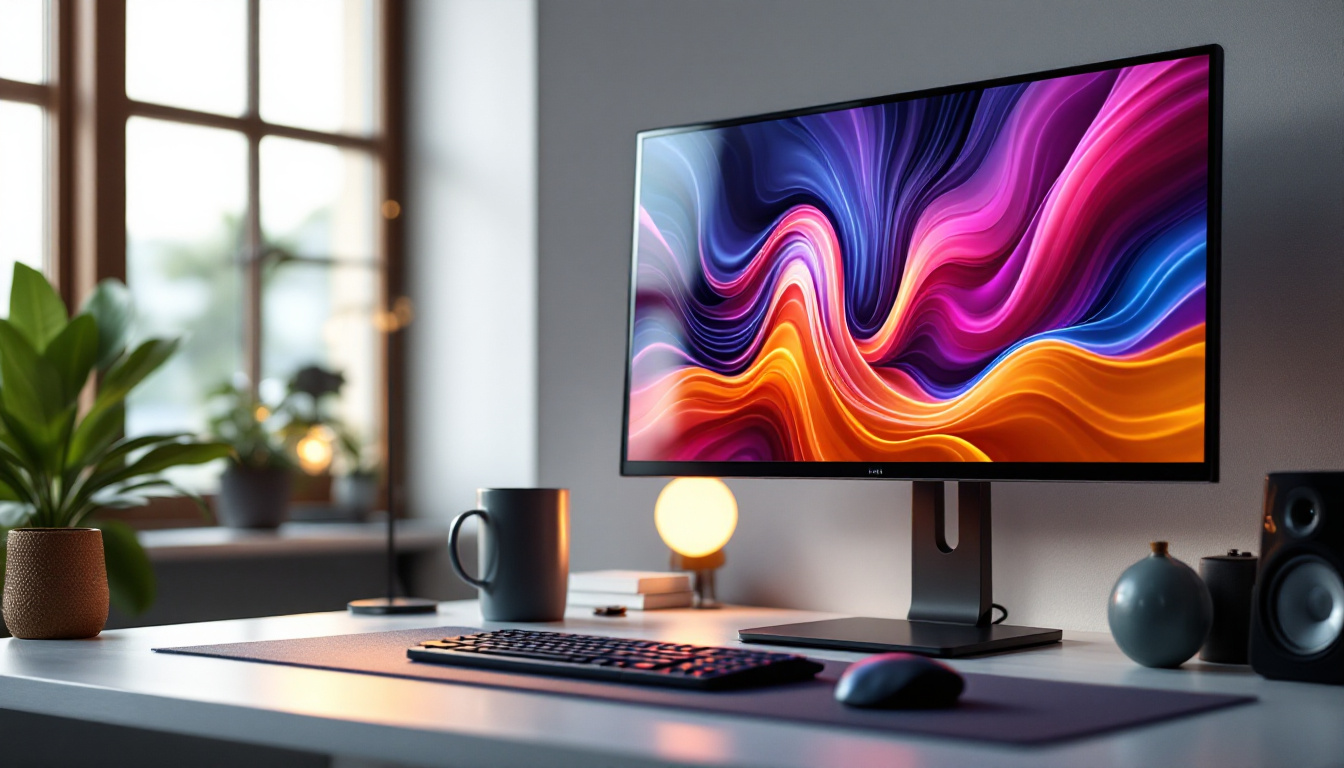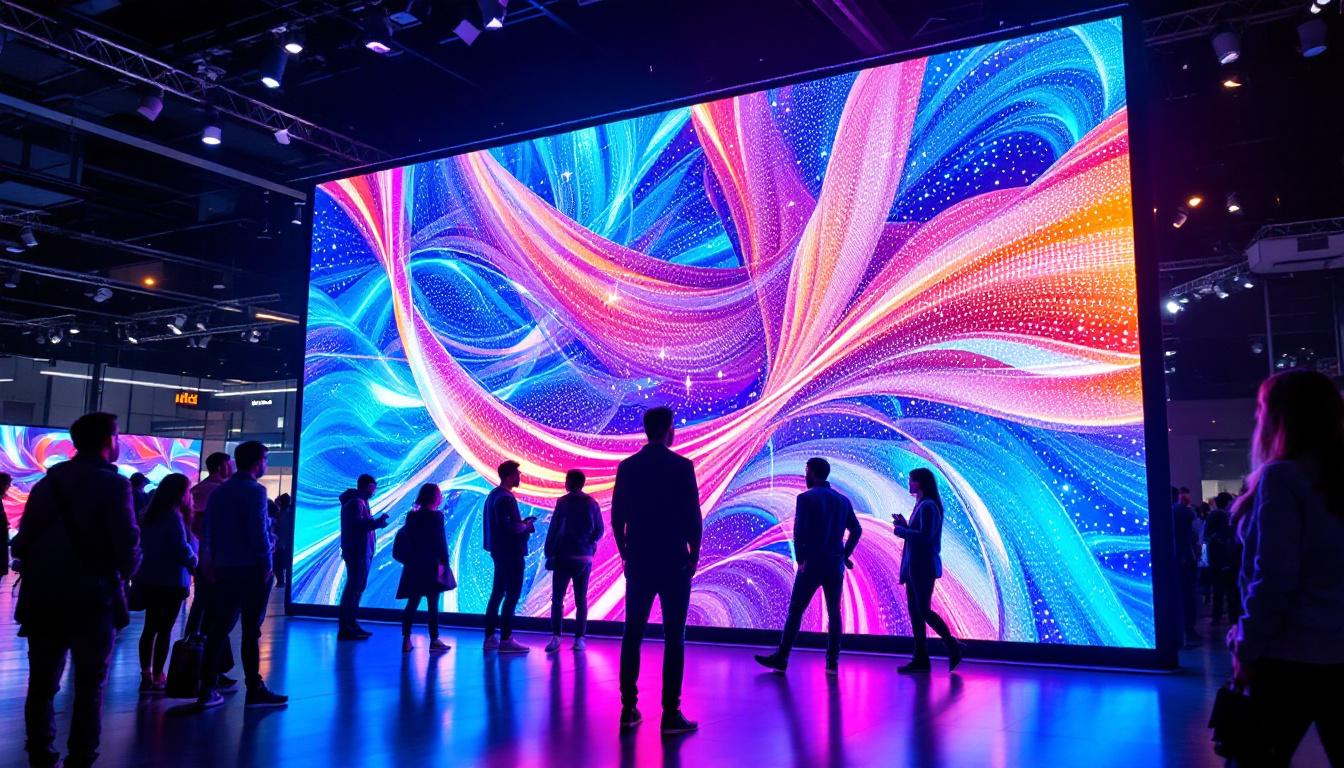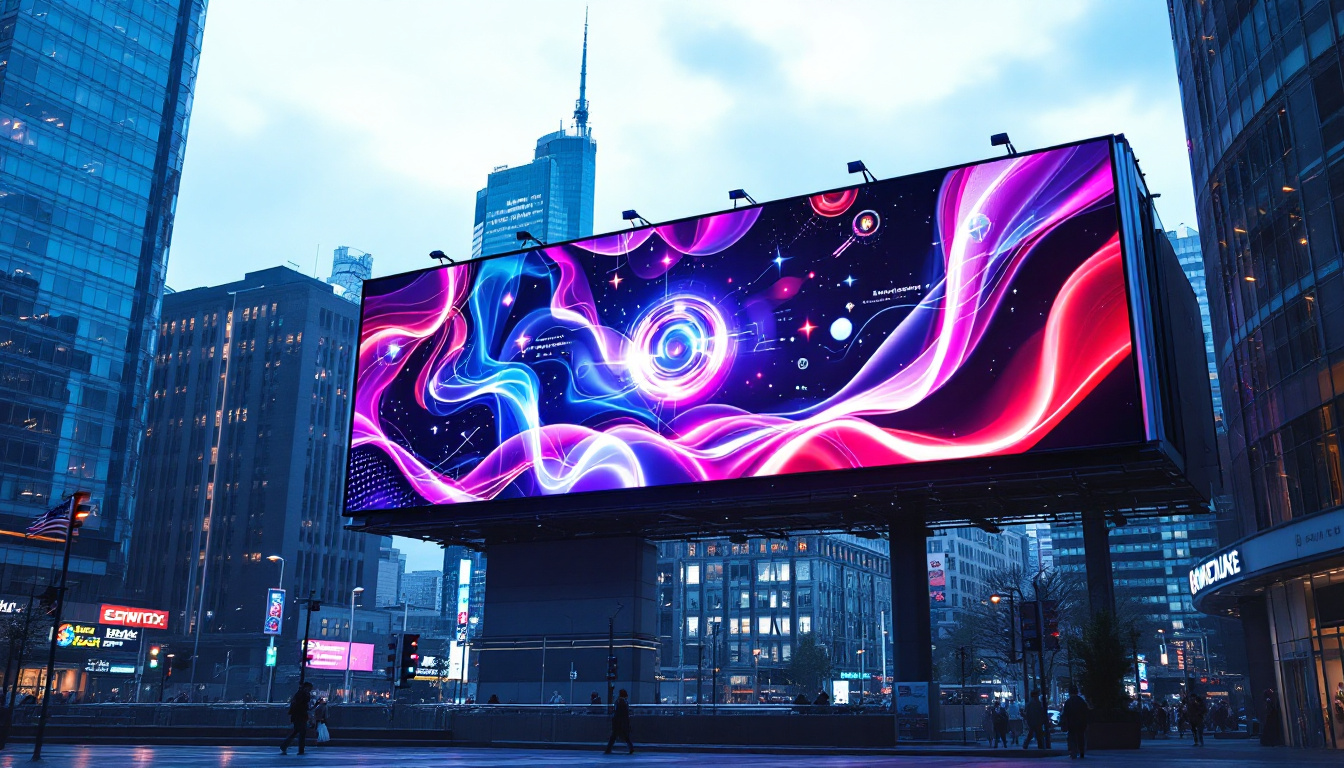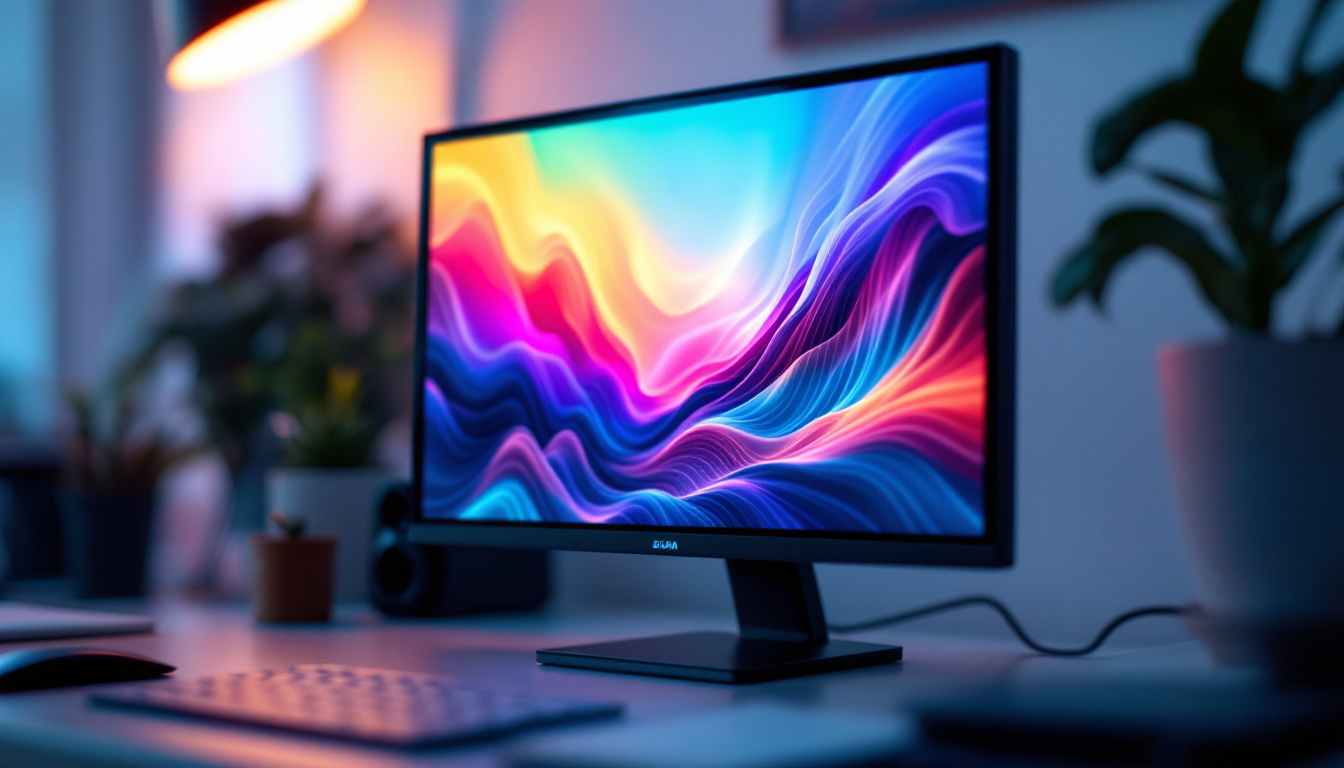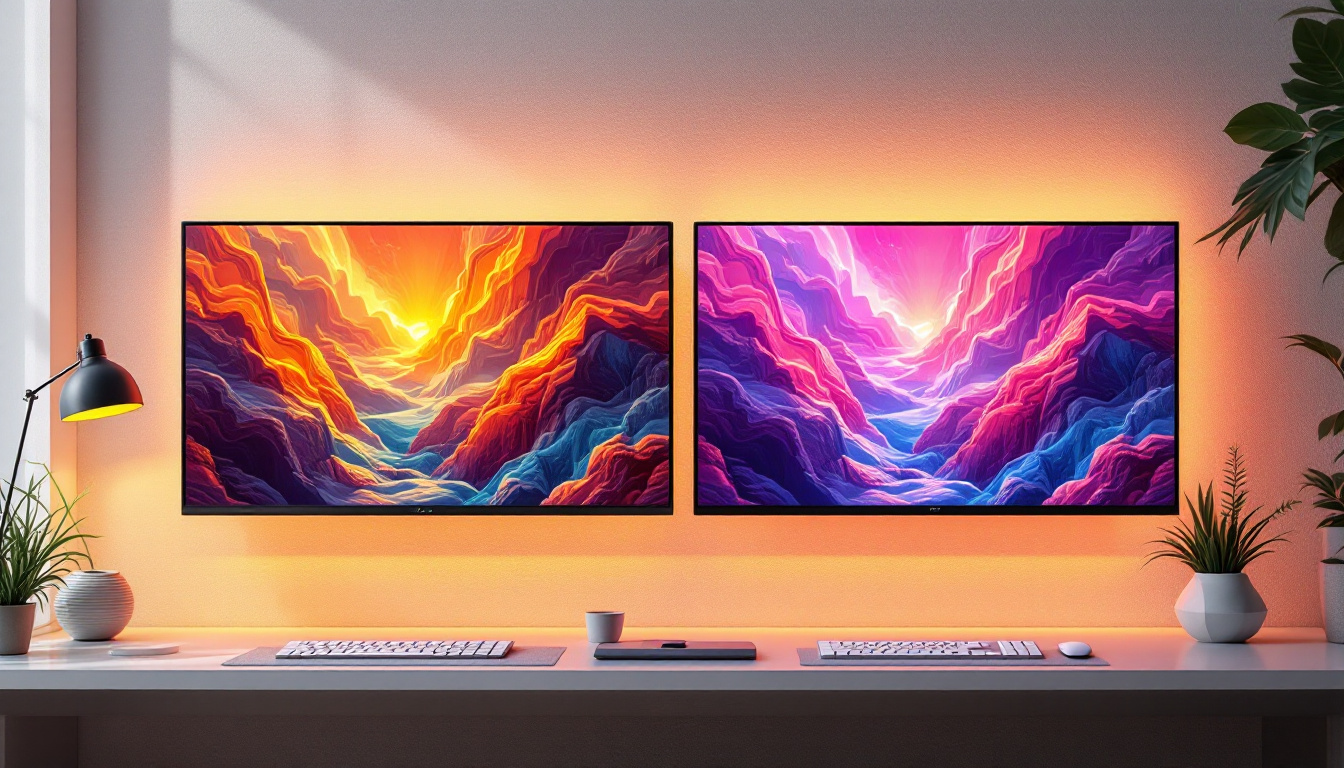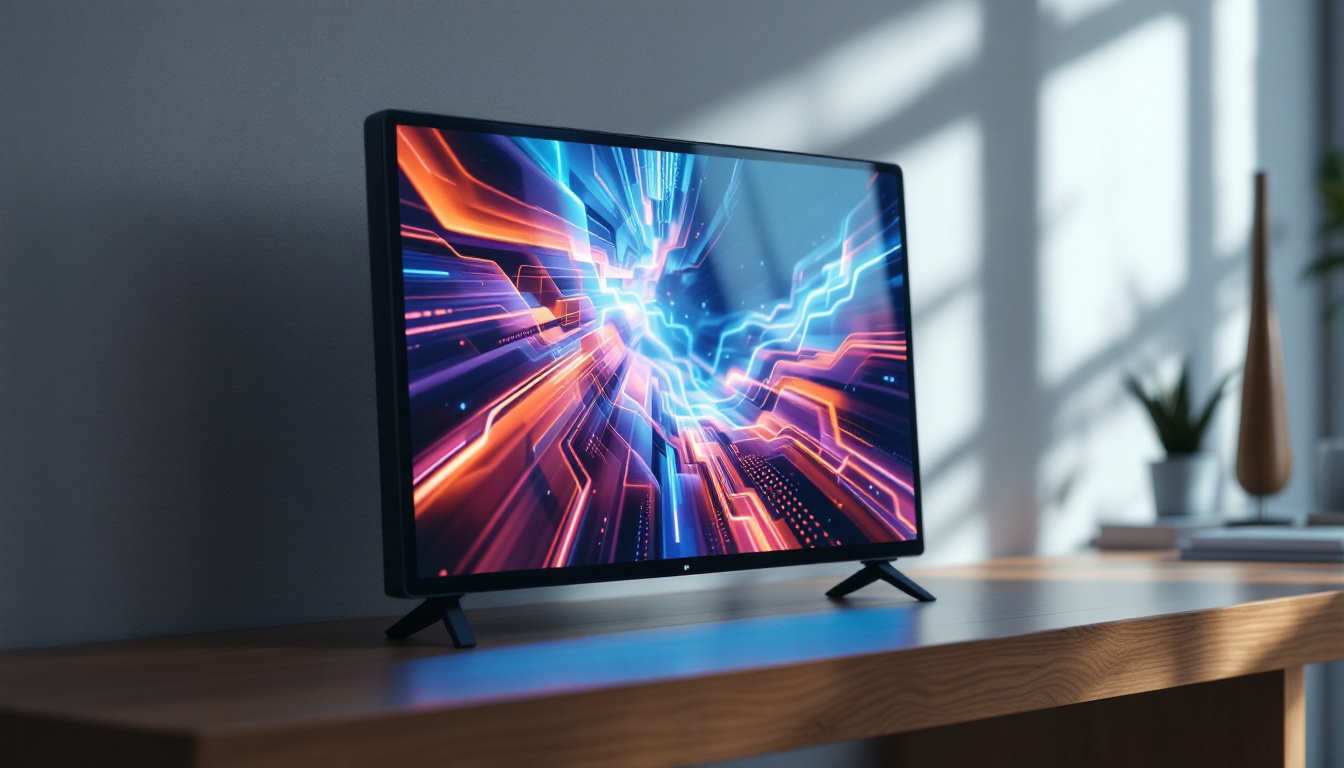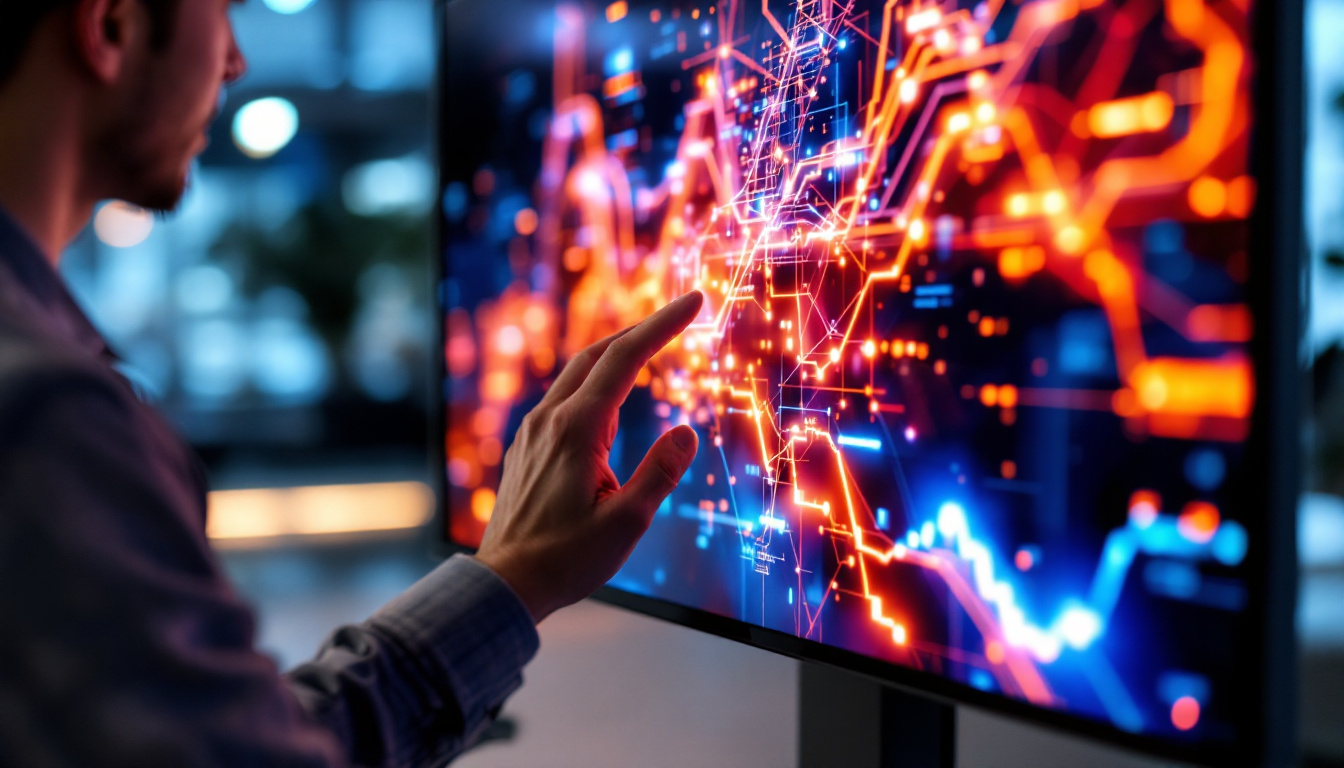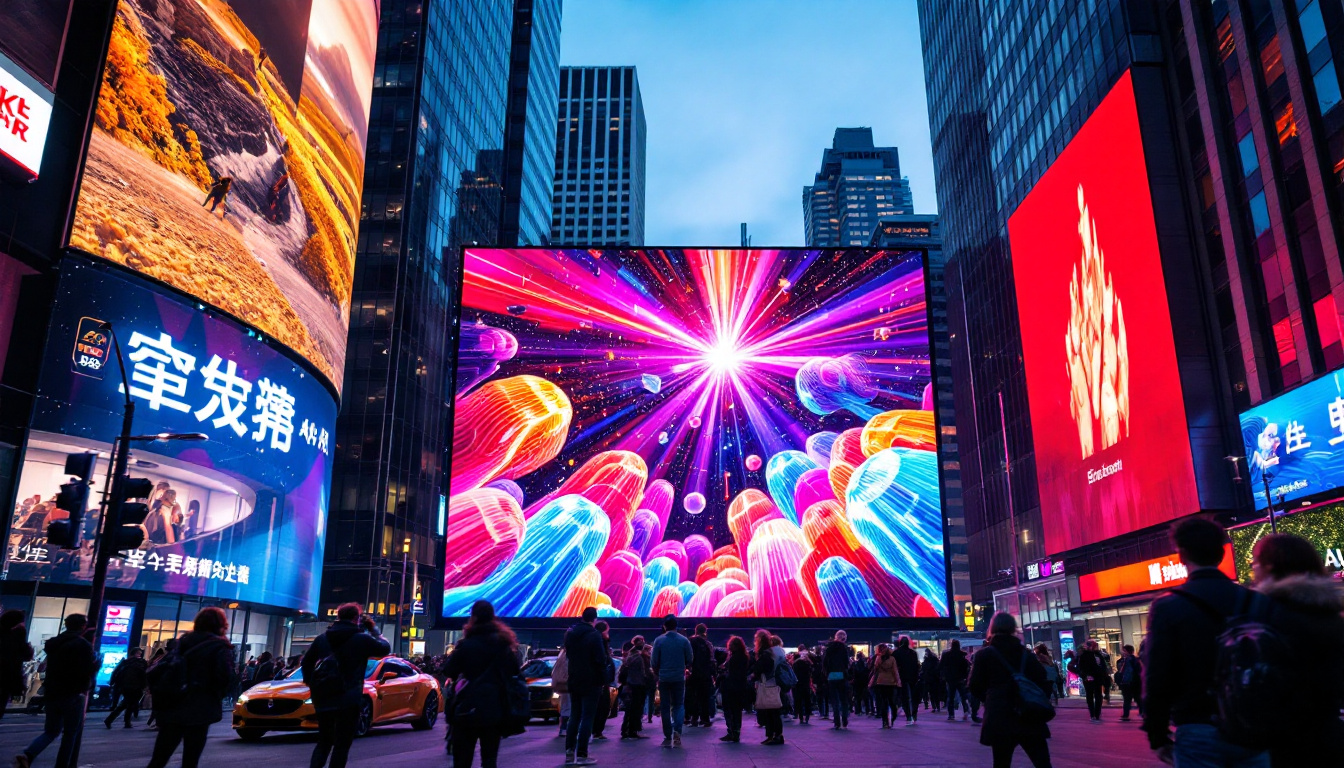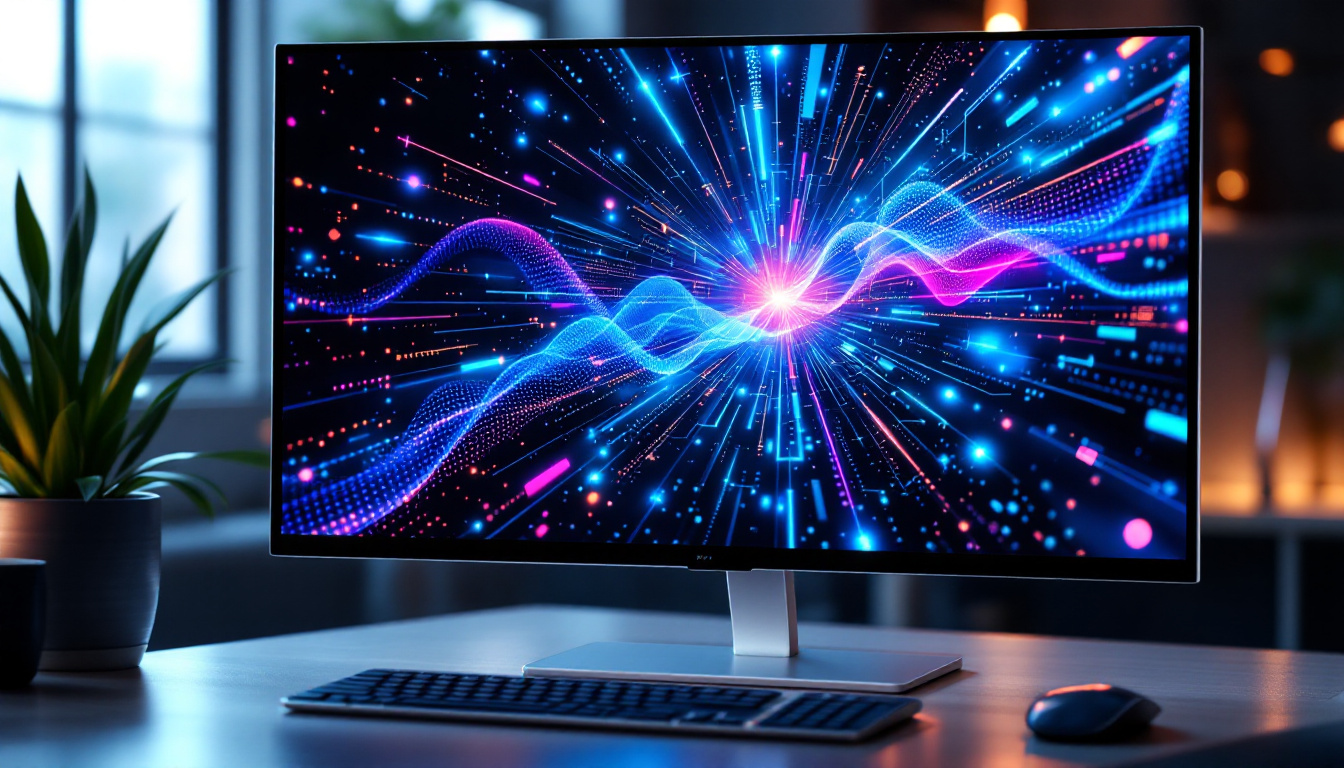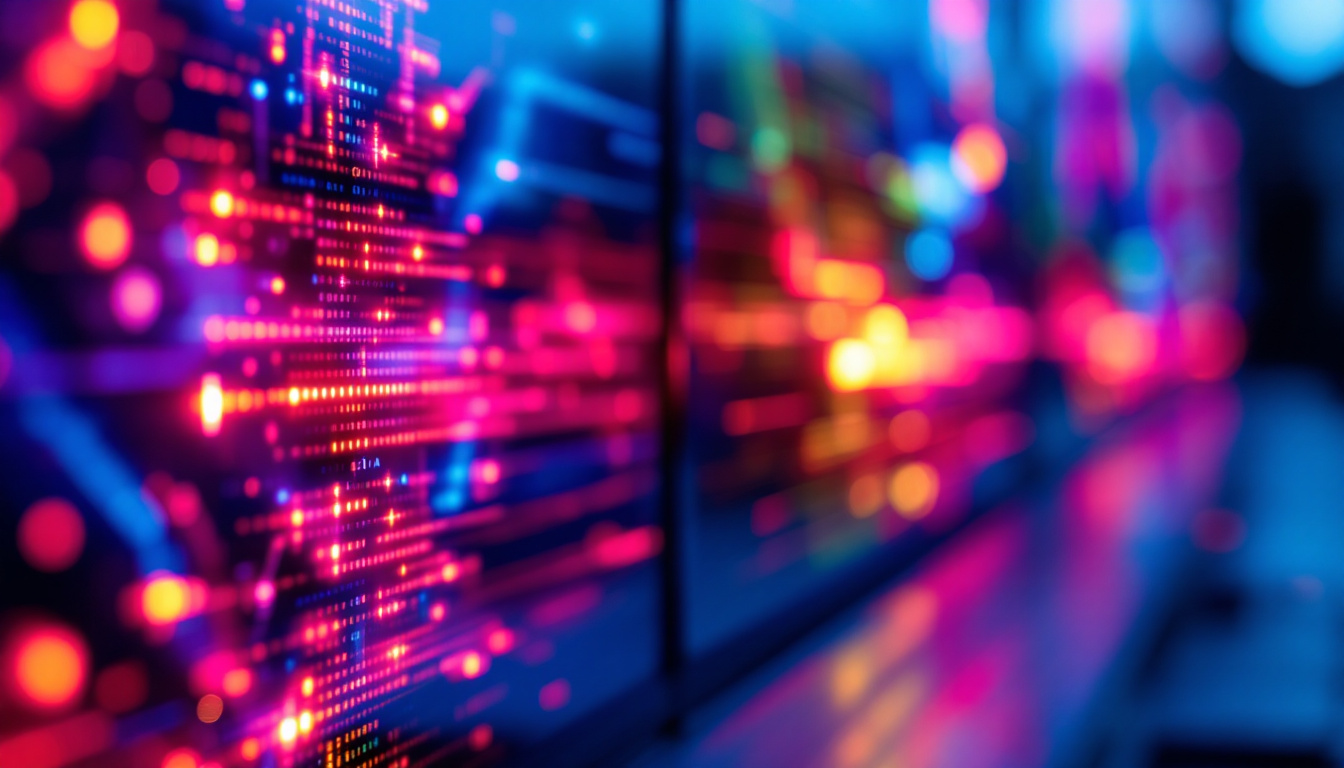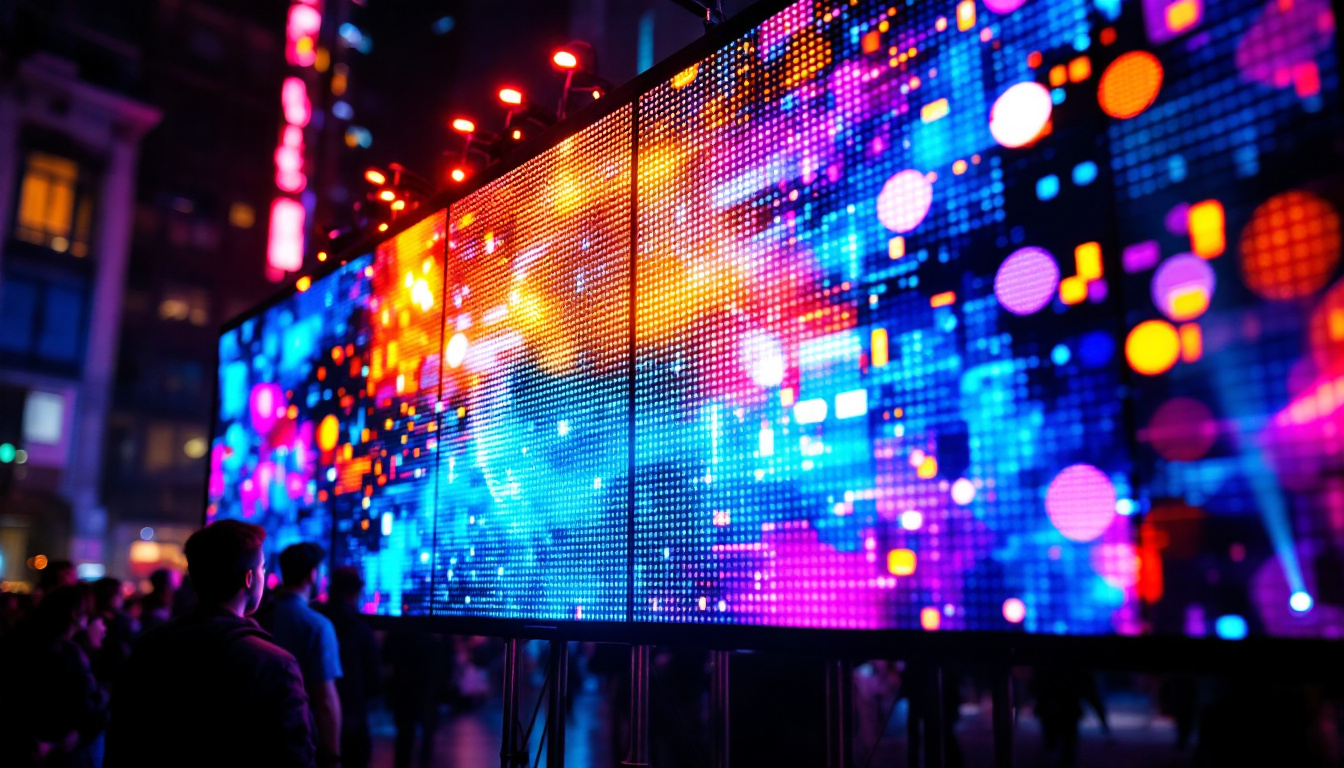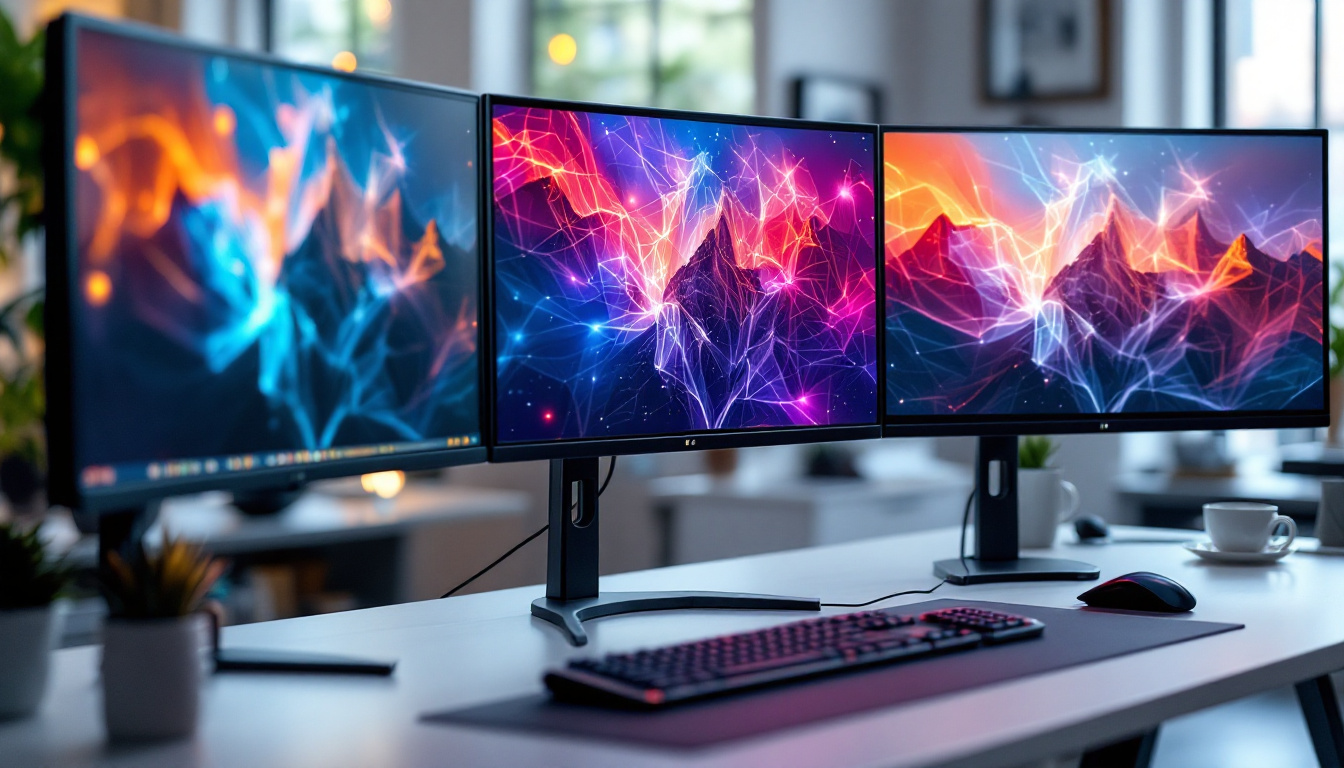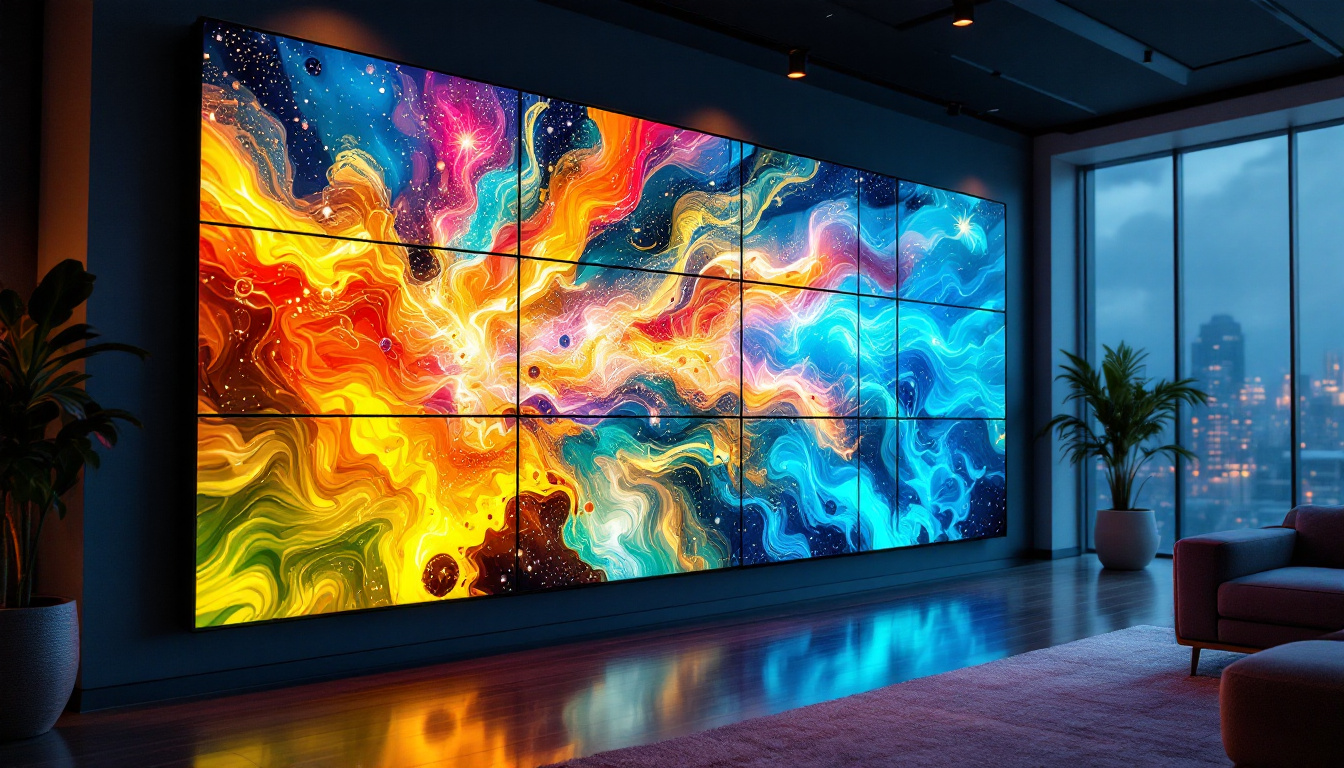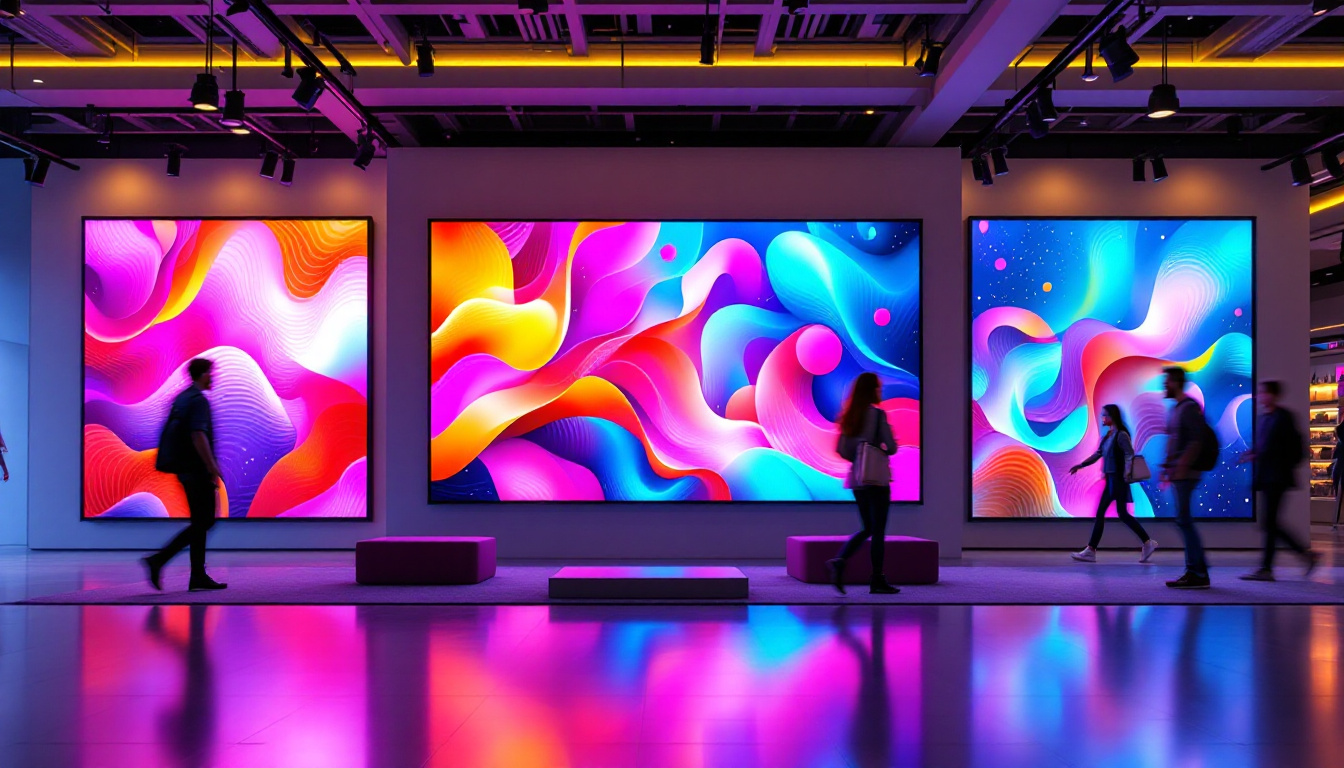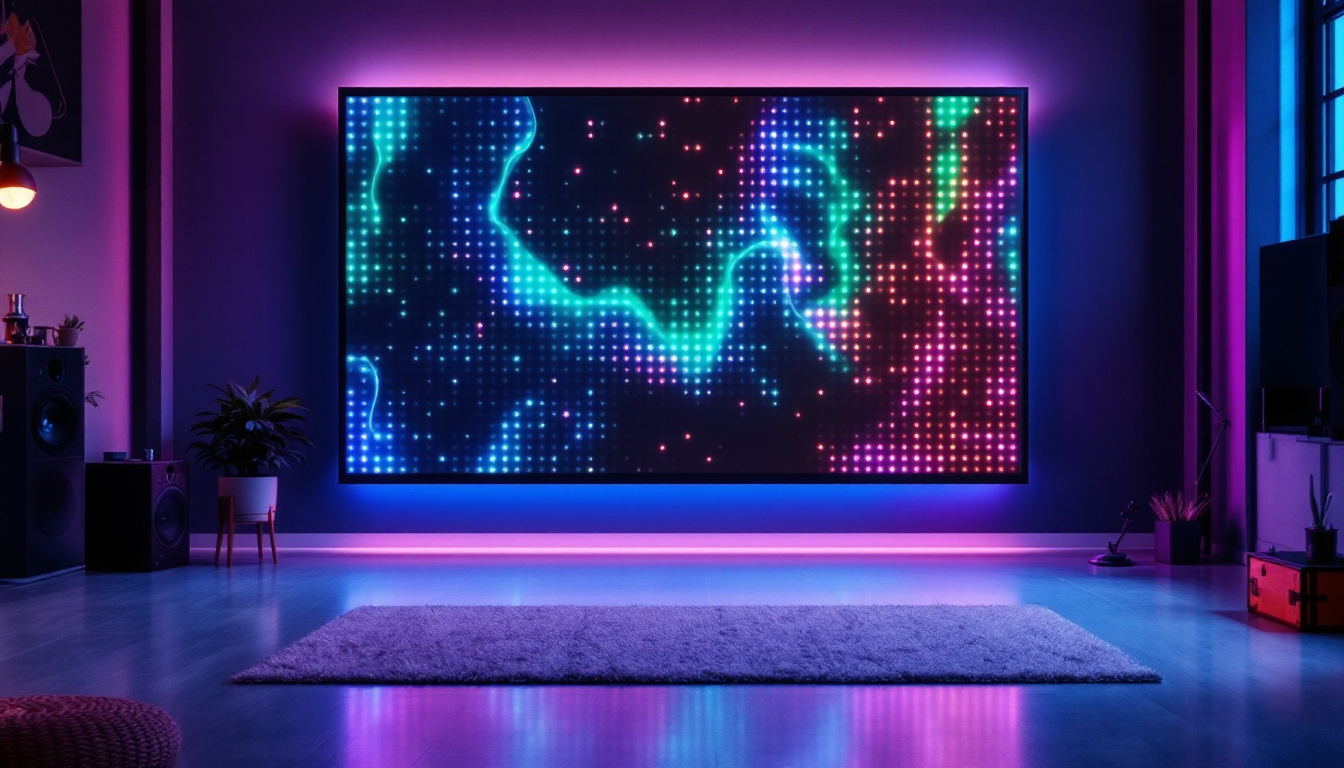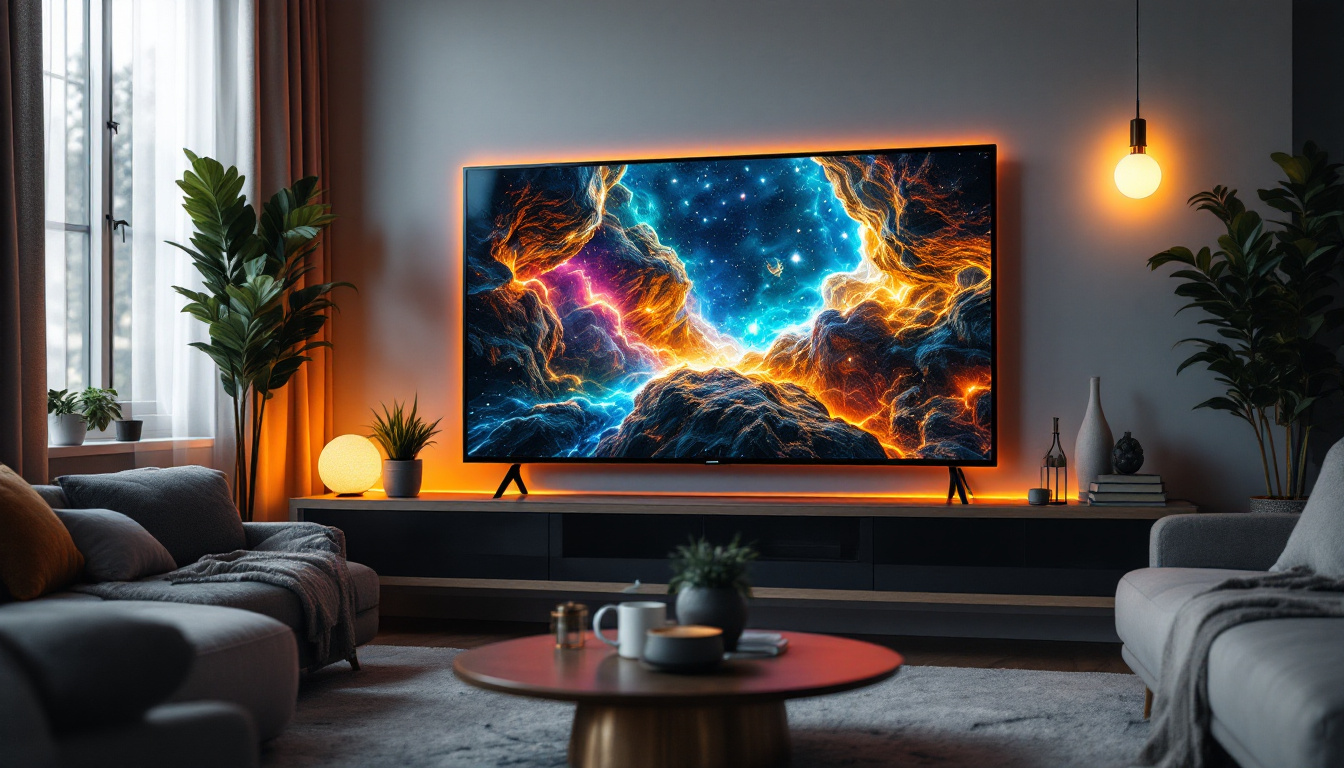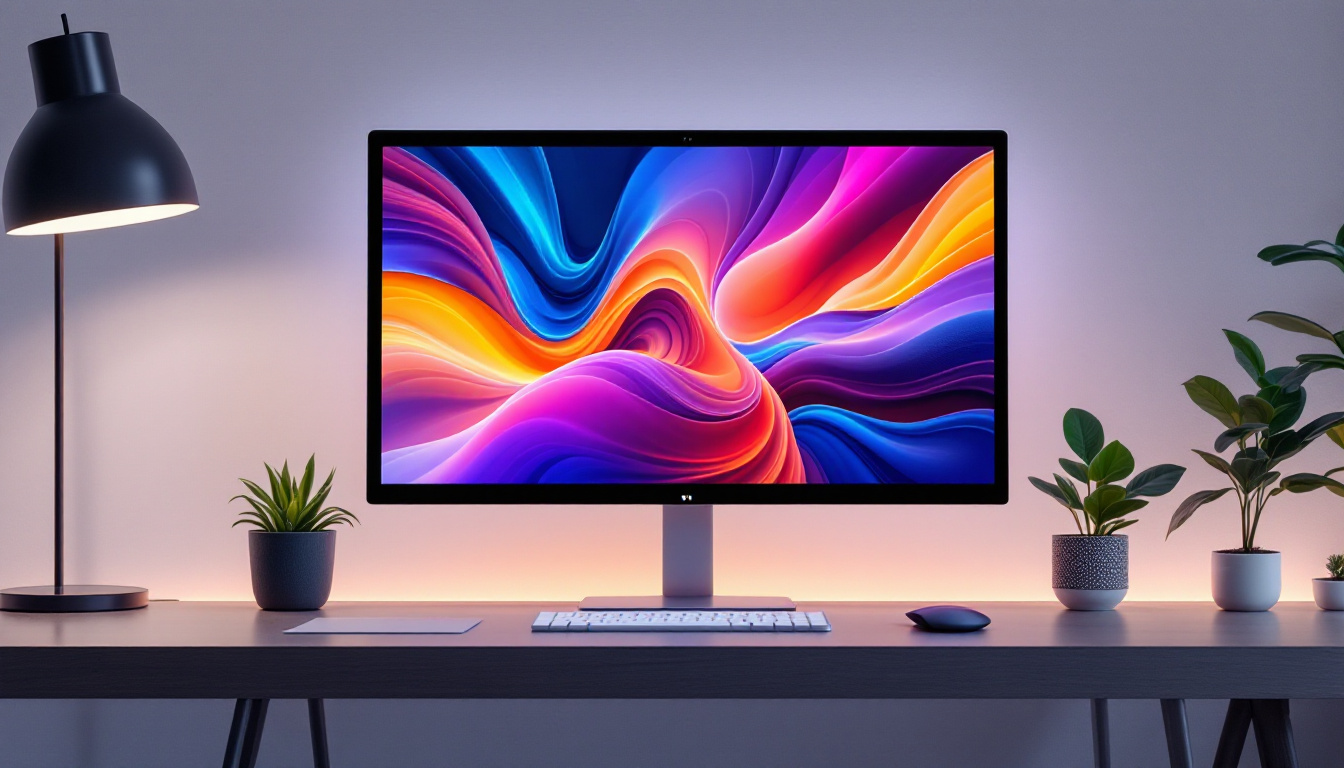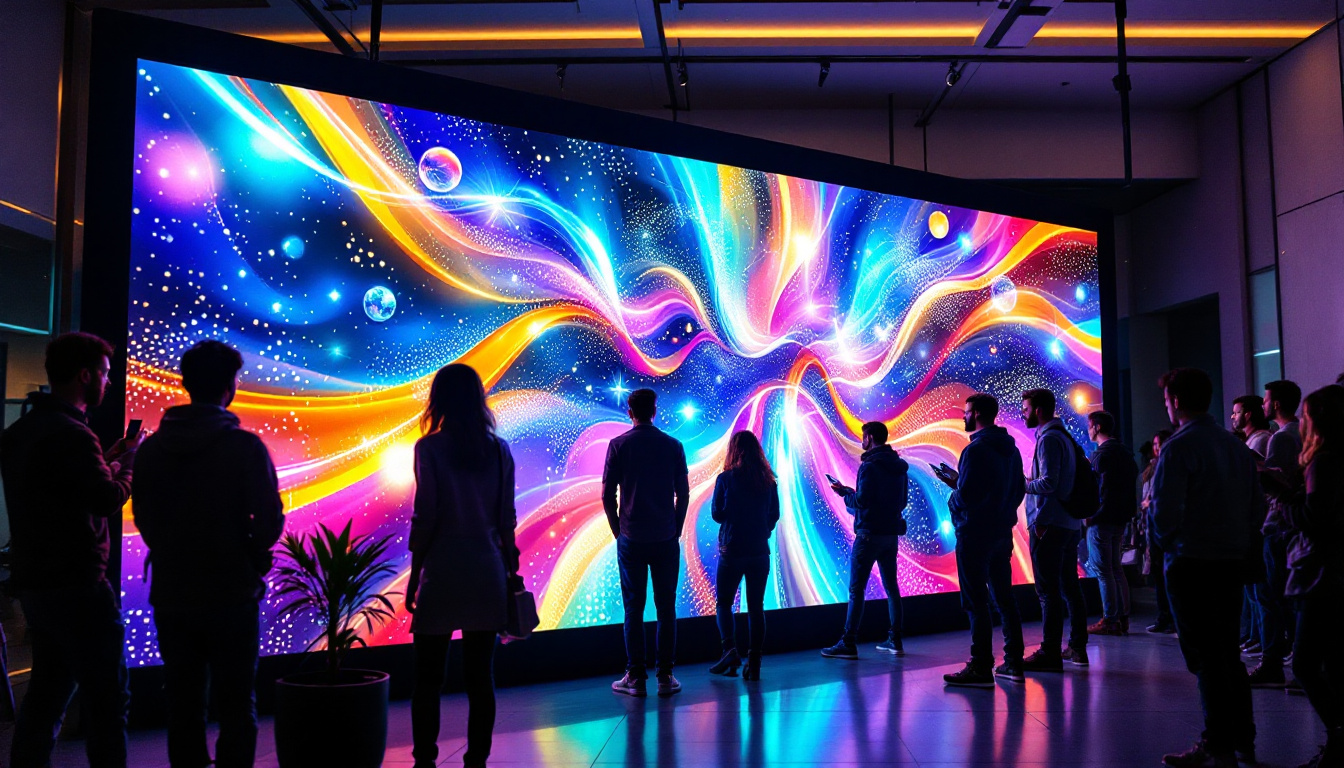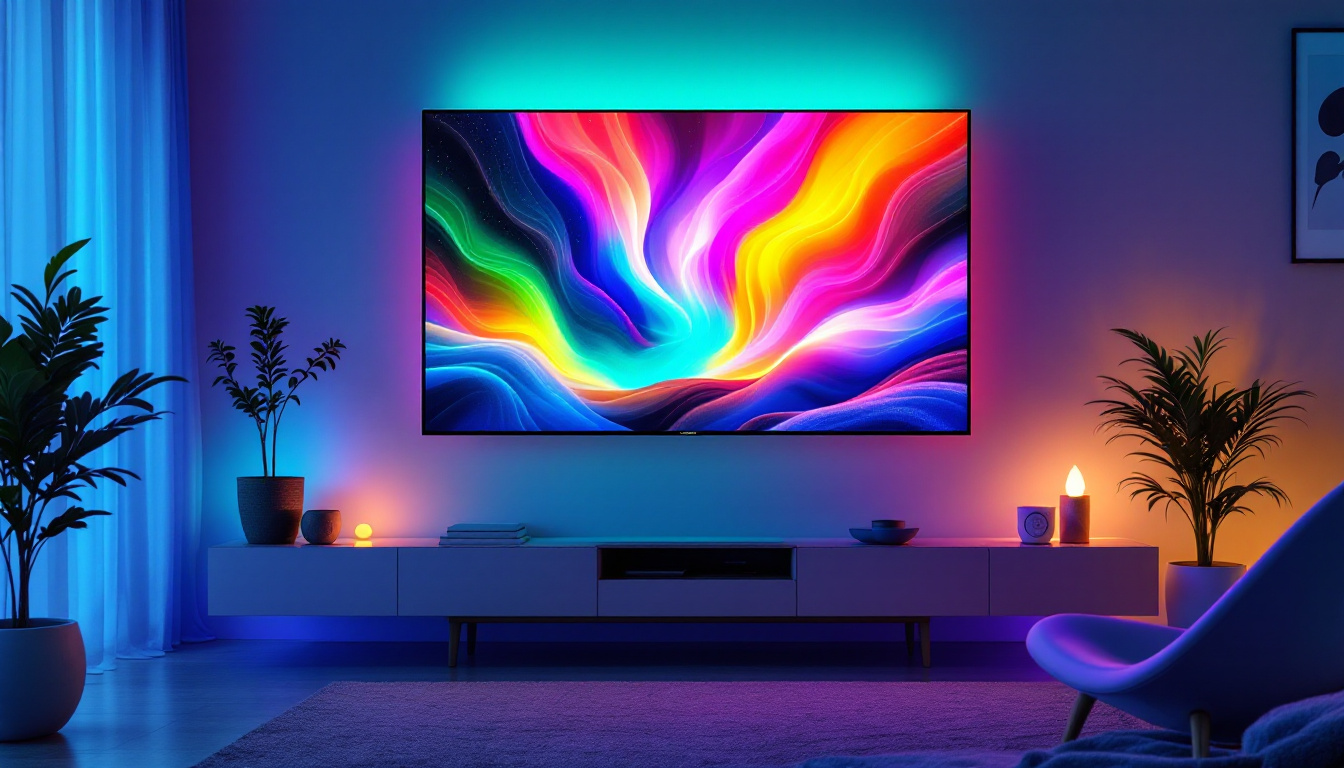Understanding High Resolution Monitors
In today’s digital age, the quality of visual displays plays a crucial role in enhancing productivity and ensuring a pleasant user experience. High resolution monitors, particularly those equipped with LED technology, have become a staple in office environments. These monitors not only provide clearer images but also improve color accuracy, making them ideal for tasks that require precision, such as graphic design and photo editing.
High resolution refers to the number of pixels displayed on the screen. A higher pixel count translates to sharper images and more detailed visuals. For professionals who work with images, videos, or detailed documents, investing in a high resolution monitor can significantly impact their work quality and efficiency. Furthermore, as more content is produced in high definition, having a monitor that can display this content accurately becomes increasingly important for both personal enjoyment and professional standards.
What is LED Technology?
LED, or Light Emitting Diode, is a technology used in monitors that offers several advantages over traditional LCD displays. Unlike conventional LCDs that use fluorescent backlighting, LED monitors use an array of small diodes to illuminate the screen. This results in better brightness control, improved contrast ratios, and enhanced color reproduction. The ability to produce deeper blacks and brighter whites allows for a more immersive viewing experience, which is particularly beneficial for media consumption and gaming.
LED technology can be further categorized into two types: edge-lit and backlit. Edge-lit monitors have LEDs positioned along the edges of the screen, while backlit monitors have LEDs distributed across the entire panel. Each type has its own benefits, with backlit displays generally providing better uniformity and brightness. Additionally, advancements in LED technology continue to evolve, with innovations such as Quantum Dot and Mini-LED, which further enhance color accuracy and dynamic range, making them even more appealing for creative professionals.
Benefits of High Resolution LED Displays
High Resolution LED Displays offer a multitude of benefits that can enhance the overall work experience. One of the most significant advantages is the clarity of images. With a higher pixel density, users can view intricate details without straining their eyes. This is particularly beneficial for tasks that involve fine details, such as photo editing or CAD applications. The increased screen real estate also allows for better multitasking, enabling users to have multiple windows open side by side without losing clarity or detail.
Moreover, LED displays are known for their energy efficiency. They consume less power compared to traditional monitors, which not only reduces electricity costs but also supports a more sustainable work environment. Additionally, many LED monitors come with features such as flicker-free technology and blue light filters, which help reduce eye strain during prolonged use. These features are increasingly important in today’s work culture, where long hours in front of a screen are common. As a result, high resolution LED displays not only enhance visual quality but also contribute to the overall well-being of users, making them a wise investment for both home and office settings.
Choosing the Right High Resolution Monitor for Office Use
Selecting the right high resolution monitor for an office setting involves considering various factors, including screen size, resolution, and connectivity options. Each of these elements plays a vital role in ensuring that the monitor meets the specific needs of the user.
Screen size is often a matter of personal preference, but it is essential to find a balance between size and desk space. Larger monitors provide more screen real estate, allowing for multitasking and improved workflow. However, they may not be suitable for smaller workspaces.
Resolution Options
When it comes to resolution, there are several options available, including Full HD (1920×1080), Quad HD (2560×1440), and Ultra HD (3840×2160). Full HD is generally sufficient for everyday office tasks, while Quad HD and Ultra HD are better suited for professionals who require high detail in their visuals. The choice of resolution should align with the type of work being performed.
For instance, graphic designers and video editors may benefit from a monitor with a higher resolution, as it allows for more precise editing and a better representation of colors. On the other hand, administrative tasks may not require such high specifications.
Connectivity and Ergonomics
Connectivity options are another critical consideration. Modern monitors typically offer a range of ports, including HDMI, DisplayPort, and USB-C. Ensuring compatibility with existing devices is essential for a seamless experience. Additionally, some monitors come with built-in USB hubs, which can simplify the connection of peripherals.
Ergonomics should not be overlooked when selecting a monitor. Adjustable stands, VESA compatibility, and features like tilt and swivel can greatly enhance comfort during long work hours. A well-positioned monitor can help reduce neck and back strain, contributing to a healthier workspace.
Setting Up Your High Resolution Monitor
Once the right monitor has been chosen, the next step is setting it up for optimal performance. Proper configuration can significantly enhance the viewing experience and reduce eye strain. This includes adjusting the display settings, positioning the monitor correctly, and utilizing additional features that may be available.
Display Settings Adjustment
Adjusting the display settings is crucial for achieving the best image quality. This includes calibrating brightness, contrast, and color settings to suit the environment and personal preferences. Most high resolution monitors come with preset modes tailored for specific tasks, such as gaming or photo editing, which can serve as a good starting point.
Additionally, using software calibration tools can help fine-tune the monitor’s performance. These tools guide users through the calibration process, ensuring that colors are accurate and consistent across the display.
Optimal Positioning
Positioning the monitor correctly is vital for both comfort and productivity. The top of the screen should be at or slightly below eye level, and the monitor should be placed at an arm’s length away from the user. This positioning helps reduce eye strain and promotes a more natural posture.
Furthermore, minimizing glare from windows and overhead lights can enhance visibility. Using anti-glare screens or adjusting the monitor’s angle can help mitigate this issue, ensuring that the display remains clear and easy to read.
Maintenance and Care for High Resolution Monitors
Cleaning the screen regularly is one of the most effective ways to maintain clarity. Using a microfiber cloth and a gentle cleaning solution specifically designed for screens can help remove dust and smudges without damaging the surface. It is advisable to avoid using harsh chemicals or abrasive materials, as these can scratch the screen.
Software Updates and Calibration
In addition to physical cleaning, keeping the monitor’s firmware up to date is important. Manufacturers often release updates that can improve performance or fix bugs. Checking for updates periodically ensures that the monitor operates smoothly and efficiently.
Regular calibration is also recommended, especially for users involved in color-critical work. Over time, monitors can drift in their color accuracy, so recalibrating every few months can help maintain consistent performance.
Addressing Common Issues
Despite their advanced technology, high resolution monitors can encounter issues from time to time. Common problems include dead pixels, flickering, and color inaccuracies. Identifying these issues early can prevent further complications.
For dead pixels, many manufacturers offer warranty services that cover repairs or replacements. Flickering can often be resolved by checking the refresh rate settings or ensuring that the correct cables are used. Color inaccuracies may require calibration adjustments or software solutions to correct.
Future Trends in Monitor Technology
The world of monitor technology is continually evolving, with new advancements on the horizon. As the demand for high resolution displays increases, manufacturers are exploring innovative features that enhance user experience and functionality.
One notable trend is the rise of curved monitors, which provide an immersive viewing experience by wrapping the screen around the viewer’s field of vision. This design can enhance productivity by reducing peripheral distractions and creating a more engaging workspace.
Advancements in Display Technology
Additionally, OLED technology is gaining traction in the monitor market. Offering superior contrast ratios and vibrant colors, OLED displays are becoming increasingly popular among professionals who require high-quality visuals. However, they come with a higher price tag, making them a consideration for those with specific needs.
Furthermore, the integration of artificial intelligence in monitor technology is on the rise. AI can optimize display settings based on user preferences and environmental factors, providing a tailored experience that adapts to individual requirements.
Environmental Considerations
As sustainability becomes a more pressing concern, manufacturers are also focusing on eco-friendly practices. This includes using recyclable materials in monitor construction and designing energy-efficient displays that consume less power. Such initiatives not only benefit the environment but also appeal to consumers who prioritize sustainability.
Conclusion
High resolution office photo screen monitors equipped with LED technology represent a significant advancement in display technology. Their clarity, energy efficiency, and ergonomic features make them an essential tool for professionals across various fields. By understanding the benefits, selecting the right monitor, and maintaining it properly, users can enhance their productivity and overall work experience.
As technology continues to evolve, staying informed about the latest trends and advancements will ensure that users can make the most of their high resolution displays. Whether for graphic design, data analysis, or everyday office tasks, investing in a quality monitor is a decision that pays off in the long run.
Discover LumenMatrix’s Advanced LED Display Solutions
Ready to elevate your visual experience with the latest in high resolution display technology? Look no further than LumenMatrix, a pioneer in LED innovation. Our comprehensive range of LED display modules, from Indoor and Outdoor LED Walls to specialized solutions like Vehicle and Sports Displays, are designed to bring your content to life with unparalleled clarity and vibrancy. Embrace the future of visual communication with LumenMatrix and transform your professional space into a hub of productivity and creativity. Check out LumenMatrix LED Display Solutions today and see the difference for yourself.

